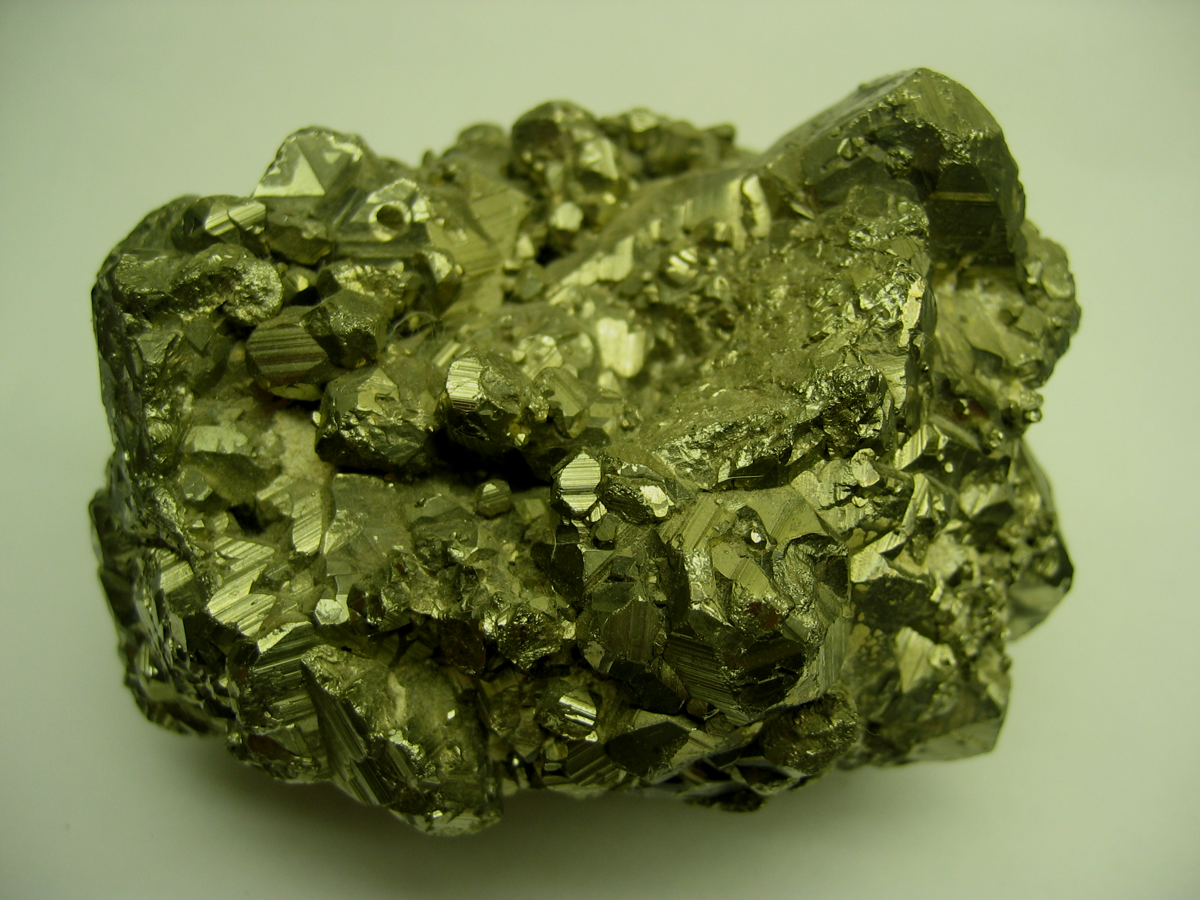
About That Special Gold...
Jordan Weissmann, Moneybox, Slate:
To put it another way, Apple is combining gold with durable materials that don’t have much mass, but take up lots of space. That gives it wonderful qualities like lightness and scratch-resistance (normal gold is somewhat soft and prone to damage). And by mass, the final product is still 75 percent gold. But when it’s poured into a mold to make an Apple Watch Edition’s shell, the other, not-so-precious ingredients take up most of the room. Apple gets to use less gold per cubic centimeter and still call it 18-karat. It gets to stretch its gold out further than, say, Rolex would, to make a watch this size and shape.
This table from the patent [link via leancrew] should give you a sense of the difference we’re talking. Again, in normal 18-karat gold, actual gold particles make up about three-quarters of the mass and three-quarters of the volume. With some matrix composites, gold could make up three-quarters of the mass, yet just 28 percent of the volume.
This is infinitely amusing, especially considering the Apple Watch Edition price tag. Of course, high luxury is nothing if not wildly cynical.
The real shame here is that this ingenious formulation could be used to make 18-karat gold Apple Watches more affordable to Apple’s core clientele. I foresee the middle-class demand of gold variants forcing Apple’s hand eventually, and maybe they’ll relent by offering a gold plated Apple Watch tier (the inevitable gold anodized Sport models notwithstanding). As cheap as gold plate already is, perhaps Cupertino could grab a few more middle-fashion photo spreads with “18-karat” gold plating as opposed to the more common 10-karat or 14-karat varieties. The higher purity alone would sell the concept and add an air of sophistication — for practically no increased manufactory expense — to the entire lineup.
That’s how you turn less than a buck of material into an extra $500 of MSRP.
